
 |
|
|
|
#1
|
||||
|
||||
|
lads just shopping for gaskets, can anyone advise me exactly what unit i have in my carrier..... i know it is a carrier engine rather than a pilot or truck engine as the Oil cooler take offs are in the correct place ... but what the heck is it ?
it has the 24 stud heads, i am guessing (wildly here mind) that my unit is the Ford 221 CI lump... it looks to have a holley carb but have not inspected it closely.... anyone able to assist ? I was quoted £59.00 each + Vat for head gaskets alone at Belcher.... surely i can get them cheaper than this ? I will need a full gasket set, and a 4 ring full ringset, possibly a set of big ends and mains (i need to inspect the crank which is already on +10thou mains and big ends) here are the pics guys... if i can ID the engine i can trace down the gaskets and perhaps get them on ebay and sent to the UK for less than i have been quoted to date. 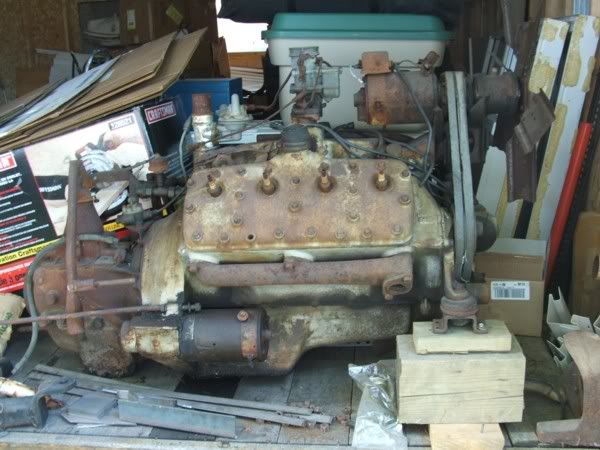 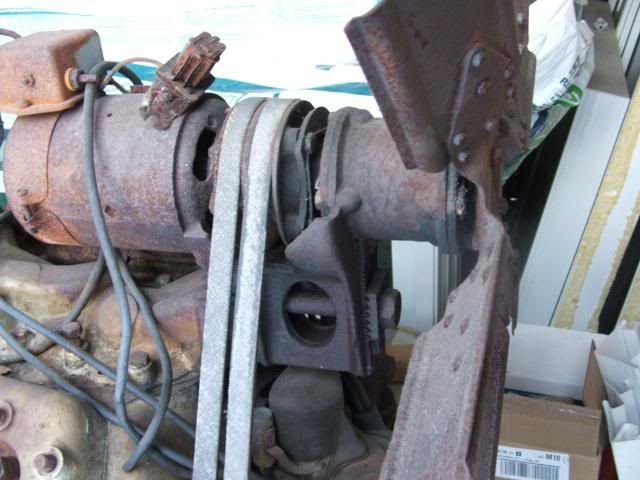 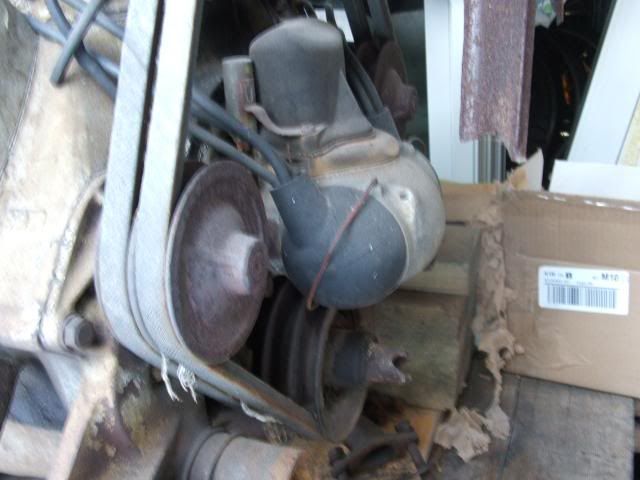 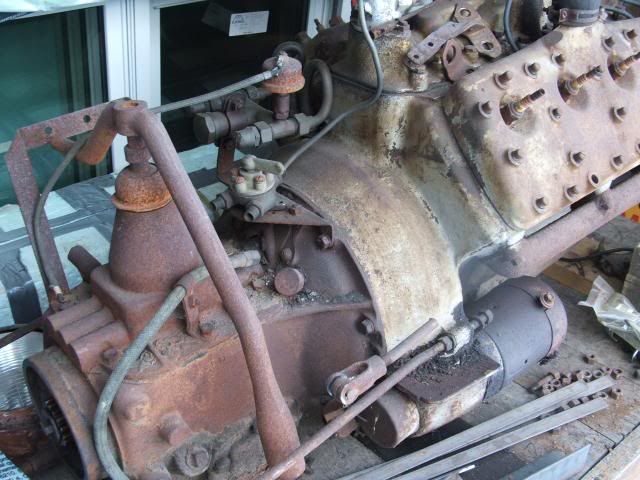 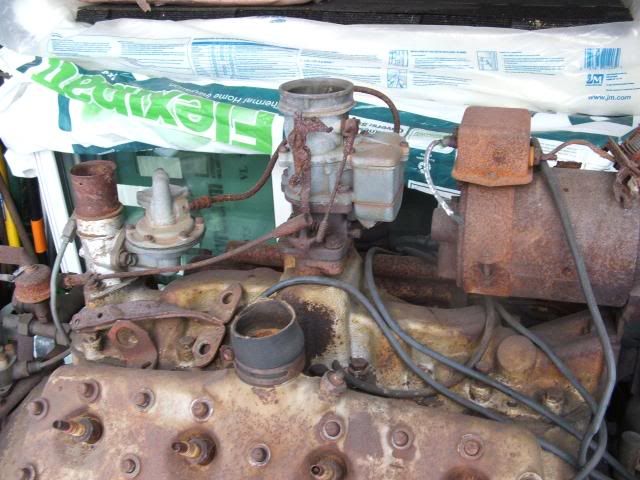 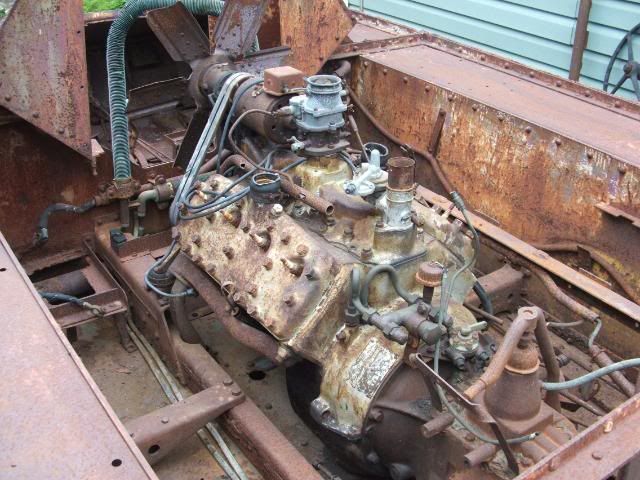 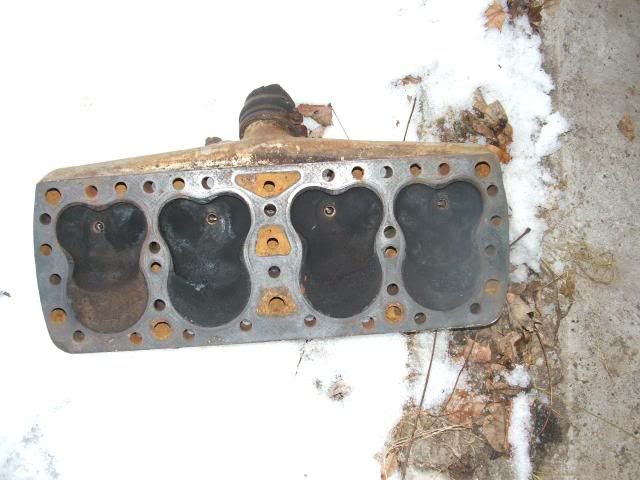 data plate states:- Torgis Engineering Co. Reconditioned motor specifications date 1534 Job no 0004-106 undersize 030 main size 010 throw size 010 15/03/45
__________________
is mos redintegro __5th Div___46th Div__ 1942 Ford Universal Carrier No.3 MkI* Lower Hull No. 10131 War Department CT54508 (SOLD) 1944 Ford Universal Carrier MkII* (under restoration). 1944 Morris C8 radio body (under restoration). Last edited by RichardT10829; 22-06-10 at 00:29. |
|
#2
|
||||
|
||||
|
..a plain old ford 221 from here, but I am squinting a bit.
__________________
Charles Fitton Maryhill On., Canada too many carriers too many rovers not enough time. (and now a BSA...) (and now a Triumph TRW...) |
|
#3
|
||||
|
||||
|
Hi Rich, I not sure what gasket set you will need, but be careful what you buy off Belcher Engineering, They sold me a NOS fuel pump that was as much good as a wheel on a walking stick and a set of ignition leads that came apart in your hand, I would get advice from someone in Canada and buy what you need from the US or Canada, thats what I will do when I rebuild my engine.
Whats happening with the wheel re-rubbering ?. Kev.
__________________
2pdr Tank Hunter Universal Carrier 1942 registered 11/11/2008. 3" Mortar Universal Carrier 1943 registered 06/06/2009. 1941 Standard Mk1 stowage Carrier, Caunter camo. 1941 Standard Mk1 stowage Carrier, light stone. 10 cwt wartime mortar trailer. 1943 Mk2 Daimler Dingo. 1943 Willys MB. 1936 Vickers MG carrier No1 Mk1 CMM 985. |
|
#4
|
||||
|
||||
|
Kevin i have a spare wheel buddy so if you are still up for what we discussed then i will get the ball rolling, i have located another firm here in newcastle so was waiting on the quotes coming back from them (before i post this stuff to Gloucester which will be expensive for me bearing in mind i dont get the wheel back....)
As for Belcher i was quoted £400 for a set of big ends !!!!! and the belts etc they advised (and were bloody outragous on price) were wrong.... i spoke to Mac Vanpelt via email and he said to check as the part numbers quoted were wrong for a 24 stud engine... i asked about the big ends etc and was told they are super rare and "special" Mac Vanpelt said they were two a penny ! the price i mentioned on my first post was for one...yes one head gasket ! if i had not built many a high performance engine i might have been suckered in luckily i am a tight ass so laughed and hung up on the chap..... i had specialist main shells made for my rally x car shipped in from Europe they were one offs and they didnt even cost what i was quoted ! Charlie are there any tell tale signs i can look for on the lump ? i hear 8BA 9BA etc etc bandied about various forums etc i take it these are the engine models ? I cant see anything obvious on my engine ?
__________________
is mos redintegro __5th Div___46th Div__ 1942 Ford Universal Carrier No.3 MkI* Lower Hull No. 10131 War Department CT54508 (SOLD) 1944 Ford Universal Carrier MkII* (under restoration). 1944 Morris C8 radio body (under restoration). |
|
#5
|
||||
|
||||
|
ok Many thanks to Don Barrie from Thunder Bay Ontario ! emailed him before and he says the main difference between the Ford lump and the Merc is the bore on a ford unit is 3" 1/16th and the Merc is 3" 3/16 So will have to measure mine......
anyone dealt with "Patricks" in Casa Grande Arizona ?
__________________
is mos redintegro __5th Div___46th Div__ 1942 Ford Universal Carrier No.3 MkI* Lower Hull No. 10131 War Department CT54508 (SOLD) 1944 Ford Universal Carrier MkII* (under restoration). 1944 Morris C8 radio body (under restoration). |
|
#6
|
||||
|
||||
|
Talked to a freind of Mine about these Motors last night .He said this is a french company that copied the Merc Flathead and made it Better.
Jeff Davis |
|
#7
|
|||
|
|||
|
Mac's Antique Auto parts, They have everything you need for your Flathead.
 Regards Aidan Regards Aidan
|
|
#8
|
||||
|
||||
|
i have been told that Belcher here in the Uk buys his kit from Mac... then marks up the price by a factor of twelve

__________________
is mos redintegro __5th Div___46th Div__ 1942 Ford Universal Carrier No.3 MkI* Lower Hull No. 10131 War Department CT54508 (SOLD) 1944 Ford Universal Carrier MkII* (under restoration). 1944 Morris C8 radio body (under restoration). |
|
#9
|
||||
|
||||
|
some information has come through from Vanpelts.
Quote:
__________________
is mos redintegro __5th Div___46th Div__ 1942 Ford Universal Carrier No.3 MkI* Lower Hull No. 10131 War Department CT54508 (SOLD) 1944 Ford Universal Carrier MkII* (under restoration). 1944 Morris C8 radio body (under restoration). Last edited by RichardT10829; 21-06-10 at 22:49. |
|
#10
|
||||
|
||||
|
Belcher Engineering dont do themselves any favours, they are 30 minutes up the road from me but I wont me going there any time soon.
Let us know the costs involved for the wheel and any local quotes you might get. Kev.
__________________
2pdr Tank Hunter Universal Carrier 1942 registered 11/11/2008. 3" Mortar Universal Carrier 1943 registered 06/06/2009. 1941 Standard Mk1 stowage Carrier, Caunter camo. 1941 Standard Mk1 stowage Carrier, light stone. 10 cwt wartime mortar trailer. 1943 Mk2 Daimler Dingo. 1943 Willys MB. 1936 Vickers MG carrier No1 Mk1 CMM 985. |
 |
|
|